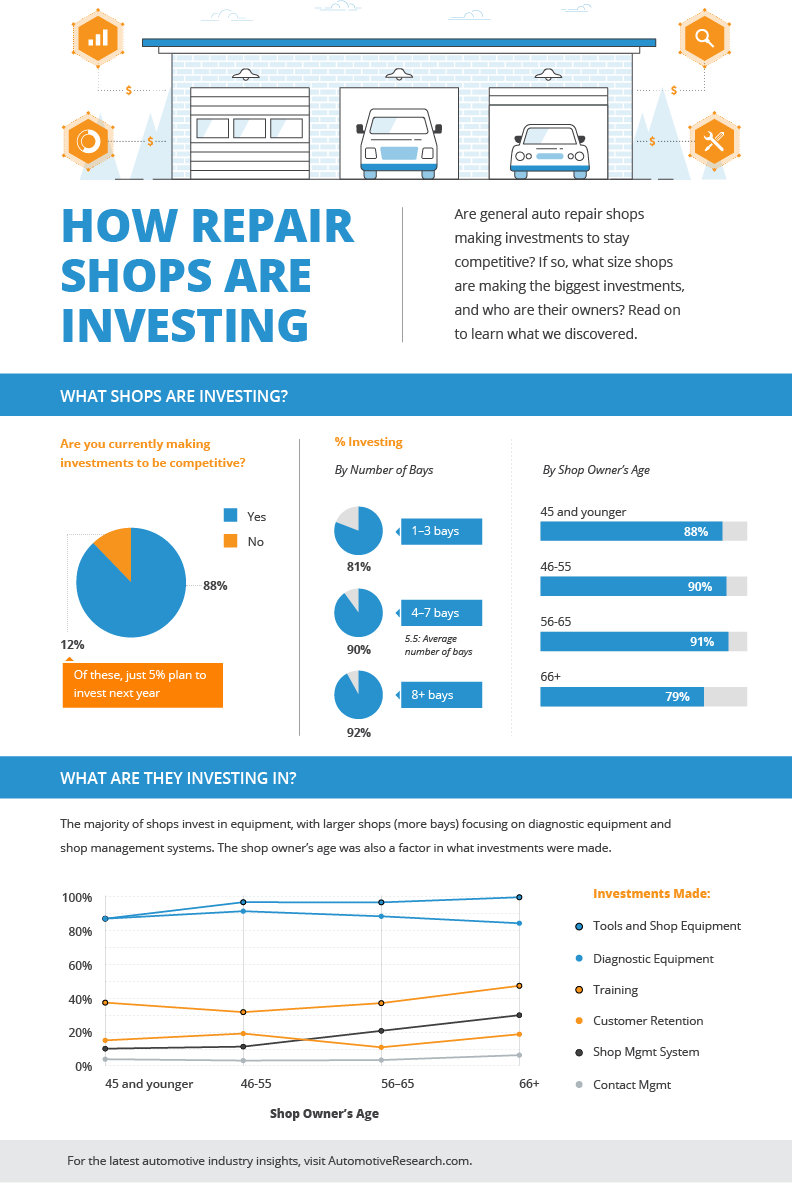Grasping The Significance Of Your Automobile'S Warning Signals: What They Actually Represent
Grasping The Significance Of Your Automobile'S Warning Signals: What They Actually Represent
Blog Article
Writer-Hartley Kejser
When you lag the wheel, those beautiful warning lights on your dashboard can be a little bit perplexing. Do visit my webpage recognize what they're attempting to inform you regarding your cars and truck's health and wellness? Understanding the value of these lights is essential for your safety and security and the long life of your vehicle. So, the following time one of those lights pops up, wouldn't you wish to decipher its message properly and take the required steps to resolve it?
Common Warning Lighting and Interpretations
Identify typical warning lights in your auto and understand their definitions to ensure safe driving.
One of the most normal caution lights consist of the check engine light, which indicates issues with the engine or discharges system. If this light comes on, it's vital to have your car checked promptly.
The oil pressure alerting light suggests low oil stress, needing immediate attention to prevent engine damages.
A flashing battery light might recommend a faulty billing system, possibly leaving you stranded otherwise dealt with.
The tire pressure monitoring system (TPMS) light alerts you to low tire pressure, affecting car stability and gas effectiveness. Neglecting this could cause harmful driving problems.
The abdominal muscle light shows a trouble with the anti-lock braking system, jeopardizing your ability to quit quickly in emergency situations.
Last but not least, the coolant temperature advising light warns of engine overheating, which can result in extreme damage otherwise settled quickly.
Understanding these common caution lights will aid you deal with problems quickly and preserve safe driving problems.
Significance of Prompt Interest
Comprehending the common warning lights in your auto is just the first step; the importance of promptly resolving these warnings can not be stressed sufficient to ensure your security on the road.
When a warning light brightens on your control panel, it's your car's means of communicating a prospective problem that needs focus. Overlooking these warnings can result in a lot more severe issues later on, jeopardizing your safety and potentially costing you a lot more in repairs.
Motivate focus to cautioning lights can prevent malfunctions and accidents. As an example, a blinking check engine light could suggest a misfire that, if left ignored, might create damage to the catalytic converter. Resolving this quickly can save you from a pricey fixing.
Similarly, a brake system cautioning light could signify low brake liquid or worn brake pads, crucial components for your safety and security when driving.
Do It Yourself Troubleshooting Tips
If you discover a caution light on your dashboard, there are a couple of DIY troubleshooting tips you can attempt before seeking specialist help.
The very first step is to consult your auto's manual to recognize what the particular caution light shows. Sometimes https://brake-repair-near-me62839.blogrelation.com/37385774/revealing-the-key-elements-of-a-first-class-auto-repair-shop-experience can be as easy as a loosened gas cap setting off the check engine light. Tightening up the gas cap may resolve the problem.
One more common problem is a low battery, which can trigger different advising lights. Examining the battery links for rust and ensuring they're safe and secure could fix the problem.
If a warning light persists, you can try resetting it by separating the auto's battery for a few mins and after that reconnecting it. Additionally, checking your vehicle's liquid degrees, such as oil, coolant, and brake fluid, can aid troubleshoot advising lights associated with these systems.
Conclusion
To conclude, recognizing your vehicle's caution lights is vital for keeping your car running efficiently and safely. By immediately addressing these notifies and understanding what they indicate, you can prevent pricey repairs and prospective failures.
Keep in mind to consult your cars and truck's manual for certain information on each alerting light and do something about it as necessary to ensure a trouble-free driving experience.
Stay educated, remain risk-free on the road!
